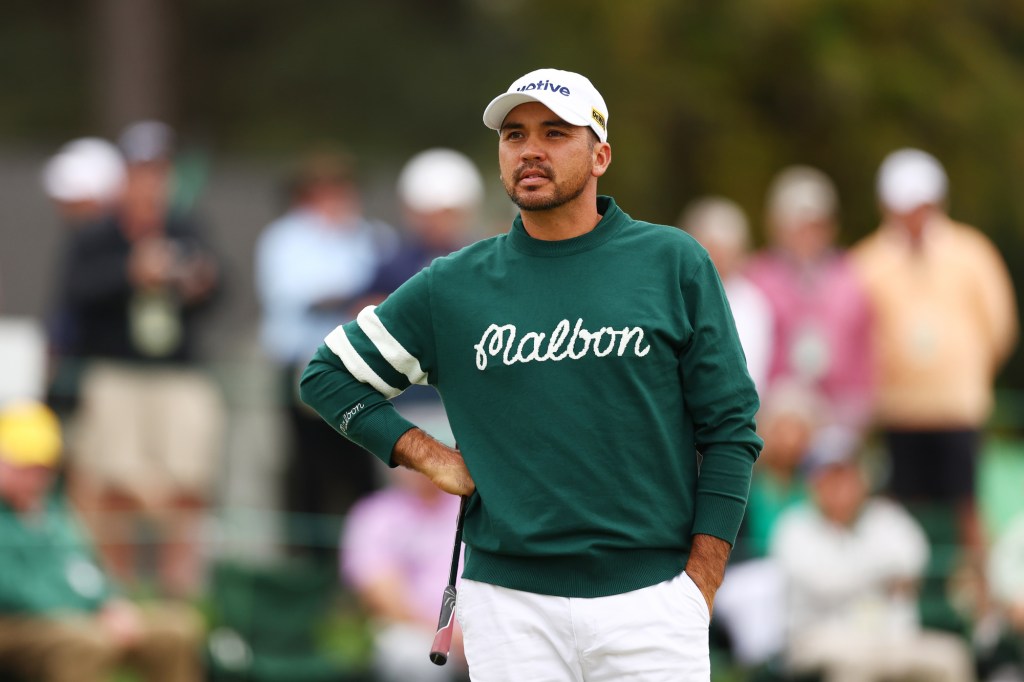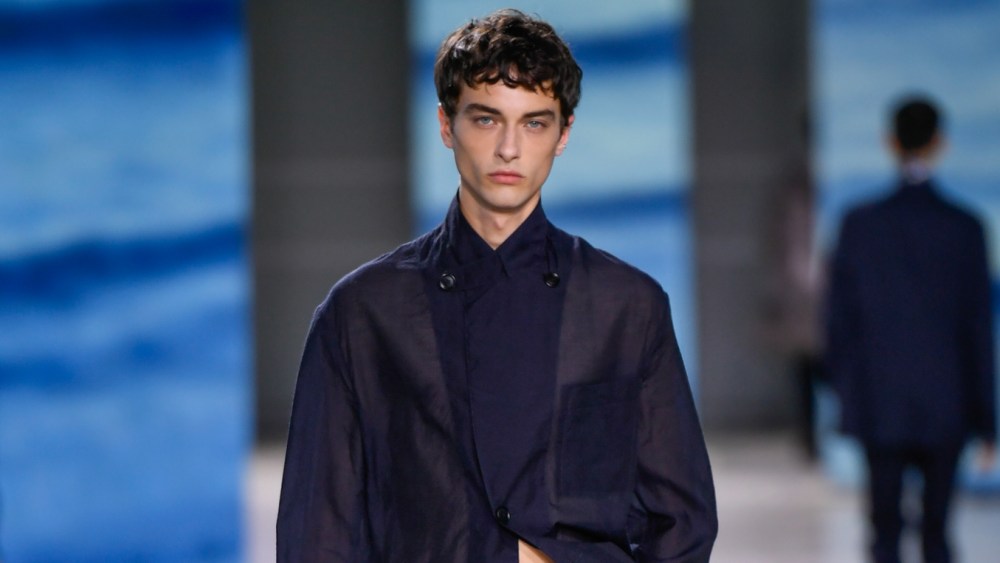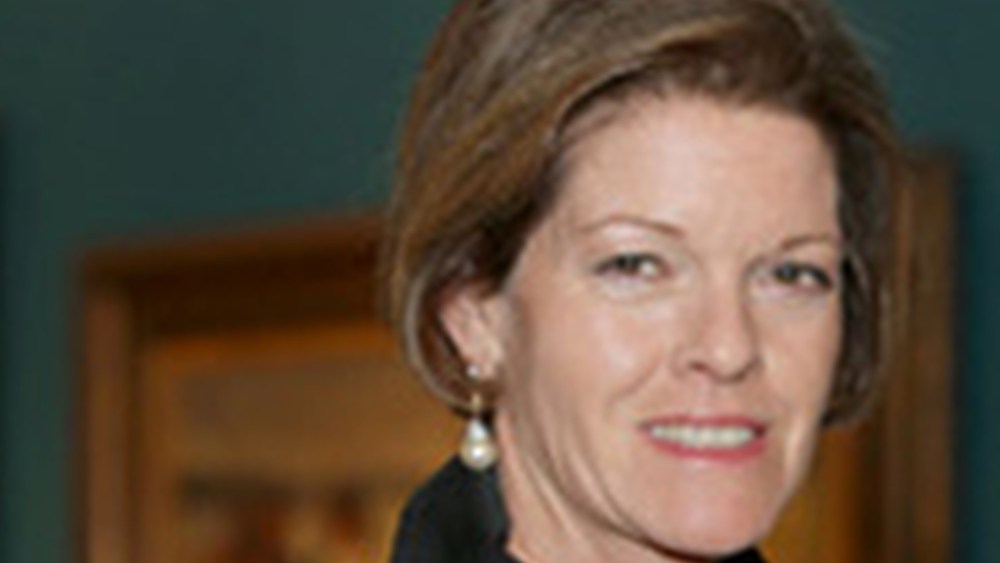The buzz around the Masters tournament this weekend is centered around the return of Tiger Woods to competitive play along with the reunion of some high-profile players who jumped ship from the PGA Tour to the LIV Golf league.
The interest in the famed tournament — from the menu of Jon Rahm’s Spanish-themed Champions Dinner Tuesday to the awarding of the green jacket on Sunday afternoon — was evidence of the continued popularity of the sport.
During the pandemic, golf experienced a jump in participation numbers since it was one of the only sports available to play. But even after gyms reopened and team sports resumed, many of those who first stepped onto a course in 2020 have gotten hooked and continue to pick up a putter.
According to the latest Topline Participation Report from the Sports & Fitness Industry Association, participation on- and off-course rose 3.9 percent in 2023 from the prior year. The true winner was the off-course sector — defined as driving ranges, golf entertainment venues and indoor simulators — which increased 18.8 percent last year while on-course golf posted an increase of 9.6 percent in participants.
The National Golf Foundation said 12.1 million people played on a course in 2023 while 18.5 million engaged in off-course recreation. This marked the sixth straight year that the numbers have increased, according to the group. But what is interesting, it said, is that the demographics are changing with off-course-only participants tending to be younger and more diverse in terms of age, gender, race and ethnicity than the on-course population.
According to the NGF, “Golf has enjoyed a renaissance since the pandemic and that’s resulted in more positive perceptions of the game, particularly among younger age cohorts. Off-course engagement and social media have played key roles in golf’s popularity and cool factor, as celebrities, athletes and content creators with sizable followings are boosting golf’s positive visibility, especially among non-golfers.”
With 45 million Americans participating in the sport, the group added, and roughly 40 percent of the national population playing, reading or watching golf, “There has been a noticeable impact on the demographics of green grass golfers,” with some of the biggest rises in on-course players coming in categories that have traditionally been under-represented such as females and people of color.
The number of women and girls playing golf on a course has risen 23 percent since 2018, while the number of Asian, Black and Hispanic golfers has jumped 43 percent, the organization said. On top of that, there’s been a 40 percent increase in the number of juniors getting out on the golf course. “Golf is getting younger and cooler,” the group said.
So it’s no surprise that fashion has now infiltrated the game. Long seen as a bastion of conservatism, new brands and out-of-the-box collaborations are bringing a much-needed sense of style — and fun — to the course.

Companies such as Malbon Golf, Bad Birdie, Bogey Boys, Municipal and others are shaking up the status quo and carving a new path. After a 27-year run, Tiger Woods left Nike to join TaylorMade and create his own lifestyle brand, Sun Day Red, which launches with apparel for men on May 1. Nike also lost Jason Day after seven years when the Australian pro signed with Malbon. While it’s not known if Sun Day Red is going to take any fashion risks — Woods is certainly not known for his adventurous style — and Day was soundly teased online and on the air for wearing “clown pants” when he first teed off in Malbon’s baggy Malocchino chinos emblazoned with a swirl pattern, it’s indicative of a larger trend in the sport.
Golf style is getting more lax.
Private clubs, long the enforcers of dress codes such as collared shirts and ankle-length pants, are loosening up. Although denim jeans are still not allowed, five-pocket pants have become popular, as have mock turtlenecks and even hoodies.
“There were probably 40 new companies at the PGA Golf show in January,” said Marty Hackel, former fashion director of Golf Digest. “There are lots of people trying to get into the business. But will they will persevere? The jury is out.”

Among the brands Hackel believes have the best chance of breaking out is Field Day Sporting Co., a Chicago-based company created by Patrick Keegan who cut his teeth at Ralph Lauren, Greyson and Linksoul before launching his own label in 2018. Although more classic than some of the other upstart brands, Field Day offers graphic Ts, hoodies, shorts and joggers that are “very wearable,” with rich, real fabrics rather than synthetics.
Hackel also singled out Featherie, a brand created by 14-year-old Kate Korngold that is targeted to junior female golfers, who make up 37 percent of golfers under the age of 18, according to the National Golf Foundation. An avid golfer, Korngold launched Featherie to target young girls like herself. “I was playing with the boys, and I was beating the boys, but why should I have to wear boys’ clothing?” Korngold told WWD in January.
Hackel was also impressed with Sunday Swagger, which sells “polos with personality” for men in a wide variety of eye-popping colors and patterns, as well as the “counter brand,” Made by Real Hippies, which offers the “grooviest tie-dyed golf clothing out there,” and encourages people to “let your freak flag fly.”
In order to succeed, brands need to offer something new. Although not targeted specifically to golf, Gray Hall offers scarves and pocket squares that can be customized for resorts or events, and Amble golf, a beachside-infused brand from Carmel, Calif., launched in 2020 and offers board shorts, joggers and walk shorts with drawstrings as well as polos and hoodies that “transcend the course.” Then there’s the Coconads women’s line that makes a statement with its bold colors and patterns that encourage customers to “be fierce and feminine.”

Craig Alexander, senior vice president of Compass Point Research & Trading and a long-time golf analyst, said it’s not surprising that entrepreneurs target the golf apparel market. “It’s such a fragmented business with a low barrier to entry. The only thing you need is a designer, everything else can be third party.” Most newcomers start out strictly direct-to-consumer to gain a foothold until the lucky ones can “squeeze their way into a Dick’s or Golf Galaxy where they can get some penetration and scale.” But finding their way into the thousands of green grass shops around the world takes a certain size and logistical expertise, so not all brands are able to make that leap.
“And the ones that do succeed are in a battle royale for market share,” he said. “Apparel is more economically sensitive. Every golfer has 40 shirts in their closet when they’re three years into the game.” And while they may not hesitate to spend on the newest driver or something else they think will give them an edge on course, not all of them will pony up $100 for a new golf shirt unless there’s a real reason to buy it.
Although established brands such as Nike, Adidas, Puma and Under Armour still dominate the business, some of the more successful new brands are “pushing the envelope on the look,” Hackel said, and finding their niche. “Golf is now less like a uniform and more like a lifestyle.”

That’s evident in the collaboration product that Malbon has been creating over the past several years. The brand partnered with New Balance on a sneaker with a golf sole, has worked with Dockers, Nike, Footjoy, Budweiser, Prince, Spyder, Tag Heuer, Jimmy Choo and Beats by Dre, among others. As founder Stephen Malbon has said: “It became obvious that there was room for a golf brand that wasn’t stuffy.”
Ditto for Bad Birdie, which got its start creating irreverent polos for male golfers and has now expanded into pants, sweaters, outerwear and other categories for men and women. Then there’s the Bogey Boys line created by rapper and golf fiend Macklemore, which has carved out a niche with its colorful line sporting bold graphics and patterns. Even actor Bill Murray has gotten into the act with his William Murray line that is described as having “a little irreverence and a lot of style.” That is evident in the polos that sport prints of high-ball glasses, and the exploded plaids and argyles on shirts and shorts. The logo for the line is an illustration of Murray tossing a golf club into the air after an errant shot.

Puma recently teamed up with niche Southern California brand Quiet Golf on a contemporary apparel capsule, Kith had partnered with TaylorMade and Mr Porter is collaborating for the second time with G/Fore, now a division of Peter Millar, on a ready-to-wear line that can be worn on or off the course. Keegan Bradley sported Cincoro-branded Jordan Brand golf shoes at the Masters with a wild pattern inspired by his favorite tequila, and Hypegolf, an arm of Hypebeast, is teaming with the South Korean brand Post Archive Faction on a collection that offers a “modern twist to traditional golf clothing.” Eastside Golf, founded by Olajuwon Ajanaku and Earl Cooper in 2019, has created a line popular with athletes and people of color and it has collaborated seven times with Jordan Brand and also has licensing deals with other major sports leagues including the NBA and MLB.

All of these brands are hoping to capitalize on the larger number of consumers drawn to the sport.
Compass Point’s Alexander said the continued popularity of the sport “has been stickier than most bears would have thought, with women, juniors and people getting back to the game.” He said golf is a tough sport to master and most people give up after a year or less. “It’s hard and there’s a byzantine set of rules,” but because the pandemic lasted into a second year, people who dabbled in golf actually “got over the hump of proficiency. They were forced to stick with it because of a lack of other options and they actually learned the language, how to navigate — and hit the ball,” Alexander said.
In addition, there is the rise in popularity of what he called “golf-tainment” with off-course venues such as Topgolf attracting people of all skill levels — and women — to at least try the game in a social setting. “It’s nonthreatening and not buttoned down like a golf course,” Alexander said. “You’re with friends, there’s food and abundance of cocktails.” Callaway, a longtime leader in the traditional golf industry, must have seen the writing on the wall when it purchased Topgolf in 2021. It also owns TravisMathew, another golf brand that has branched out into lifestyle apparel.

Alexander said most on-course golfers are in the mid- to late 40s while those at Topgolf are in their 20s, so it’s definitely exposing younger people to the sport. Interestingly, he said, 70 percent of players at Topgolf do not identify as golfers but some people, when exposed to the sport in this way, actually find they have a knack for it and will venture out onto a real course.
The LIV league, a pro golf tour financed by Public Investment Fund, the sovereign wealth fund of Saudi Arabia, lured many PGA professionals to join its ranks including Brooks Koepka, Bryson DeChambeau, Dustin Johnson and Phil Mickelson with eye-popping sign-on deals that ran well into the hundreds of millions of dollars.
LIV promised that its tournaments would be “golf, but louder,” with a festival-like experience for fans. Alexander said there’s no doubt the crowd that follows LIV is younger and “exists due to mistakes made by the PGA Tour,” but the two are negotiating on how to work together in the future. “The PGA has to find a way to cobble this back together,” Alexander said. “Spectators have asked for rivalries like this for year and it can be a big benefit.”

It can also have an impact on the apparel business. LIV is a lot less formal with players allowed to wear . . . gasp . . . shorts while competing, still a no-no in PGA events.
Spectators at a LIV tournament are also more likely to dress more casually, which could impact the golf apparel business.
Matt Powell of Spurwink River, the former NPD Group analyst who now has his own company, cautioned that people who are heading to a Topgolf with their friends on a Friday night “don’t need special clothes, shoes or clubs, and that’s where the excitement is in the industry now.”
But there are bright spots for golf apparel brands. During the pandemic, a lot of Baby Boomers retired and started playing golf more regularly, or took up the game, and needed to buy a proper wardrobe. And there was “a lot of interest in younger, offbeat names,” Powell said. Athletes themselves were also clamoring for more interesting product and the upstart brands offer cooler fashion. “Younger people are picking up on the golf aesthetic even if they don’t play much,” he said. They’re wearing half zips and joggers and seem to express that they’re living an active life even if they’re just walking through an airport.

But can these new entrants really make a dent in a business dominated by massive companies like Nike and Under Armour? “Probably not,” Powell said.
Alexander agrees. Looking at the golf apparel landscape as a whole, he said it’s not an easy business to break into. “How many billionaires do you see in the golf industry,” he asked. Perhaps only Bob Parsons who created the PXG brand, but he made his money in the tech field — he founded Go Daddy among other companies. But for many others, Alexander said, “the question is not how to get into the business, but how to get out.”
He said there’s an old adage in the golf world that should serve as a warning for those thinking they’ll get rich in the sport. “How do you make a small fortune? Start with a big fortune and invest it in a golf company.”


